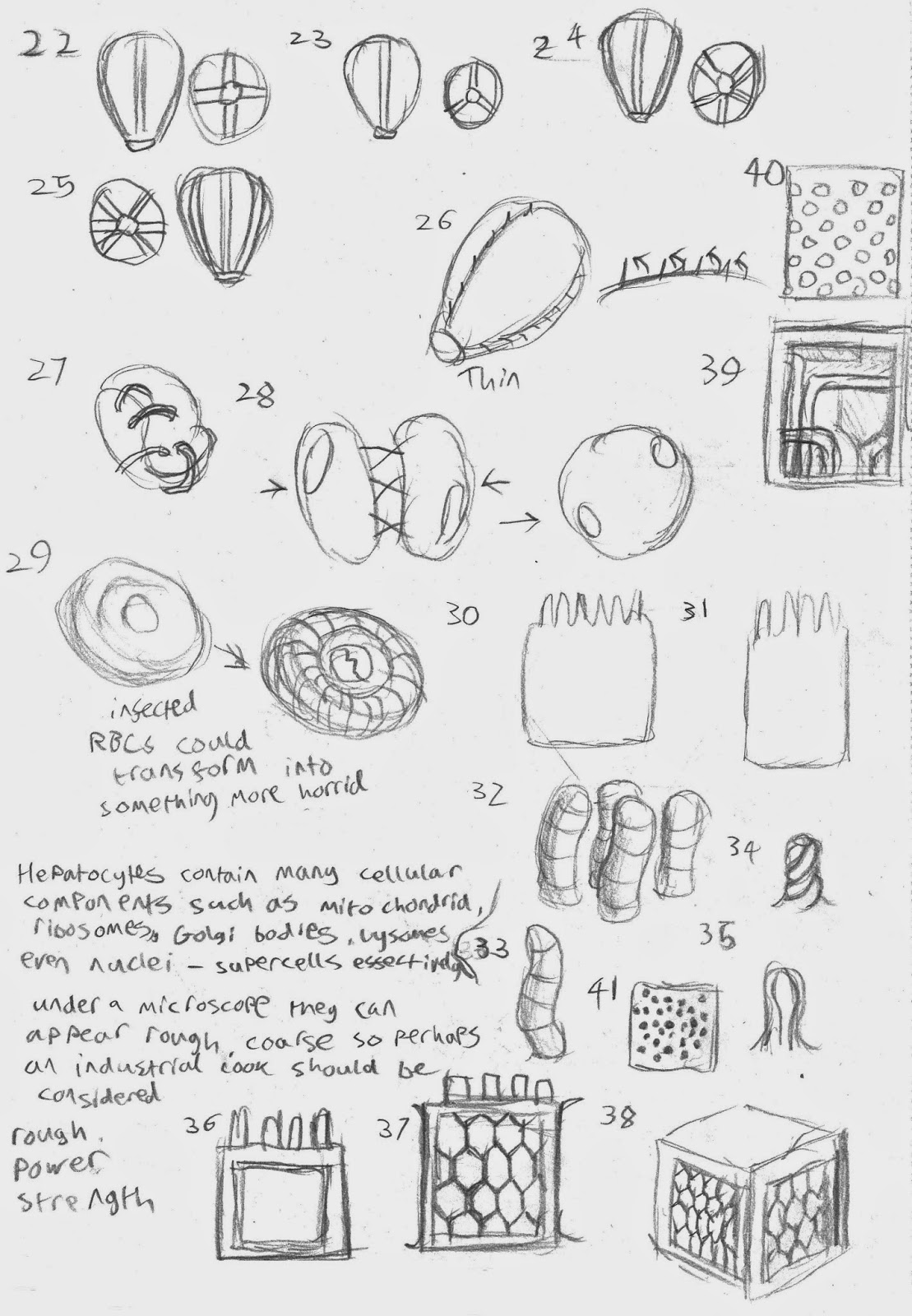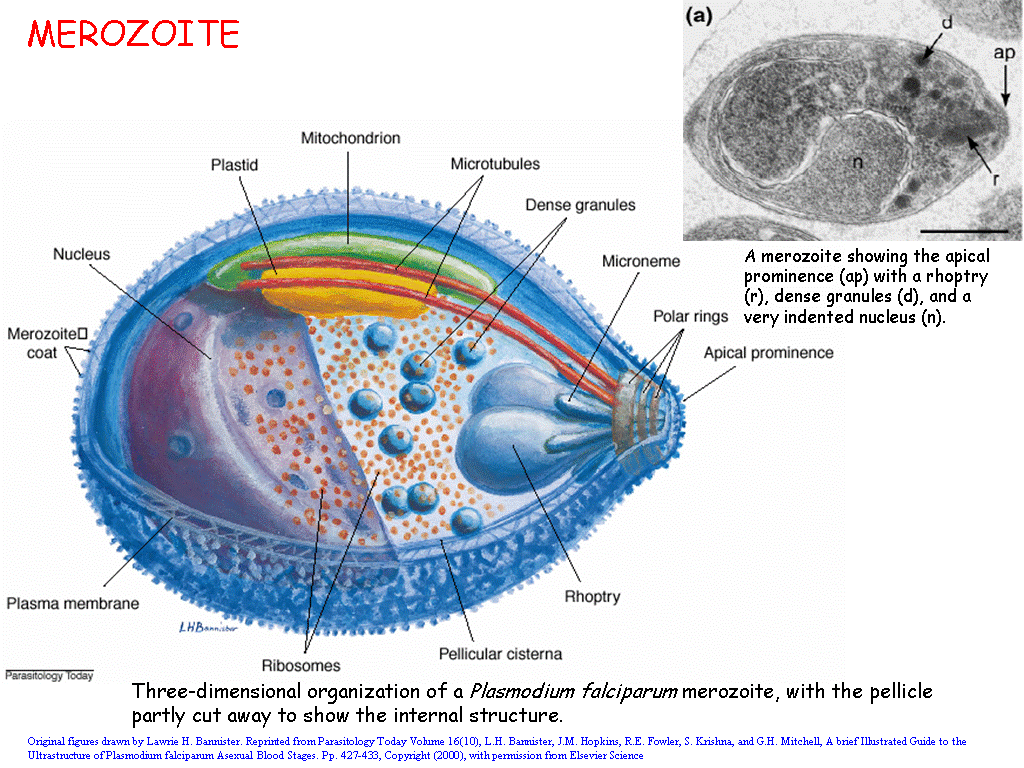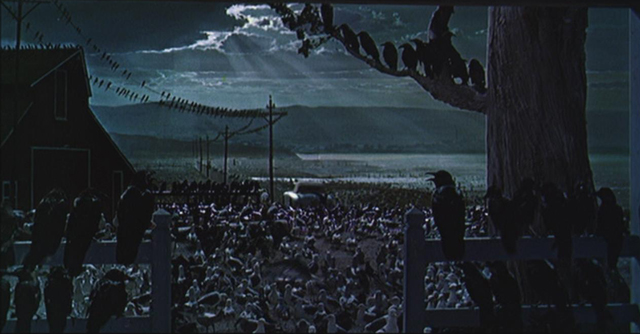After giving some thought, I have considered the target market for my project to be young boys aged between 13 and 21, particularly the kind of students who often find science boring I have had my fair share of experiences where the content delivered in a science lesson may be lacking to some people and I recall that within such classes it often takes a practical lesson that involves spectacle such as a heart dissection or colouring the flame of a Bunsen burner to get such students exited.
Science is all fields, but often when young people think of science the thing that often comes to mind is high-tech gadgets or billion-dollar projects from the realms of science fiction. The keywork for my project should logically be "spectacle".
Call of Duty: Advanced Warfare, one of the latest release in the Call of Duty franchise is one of the most highly acclaimed of the series in recent years as well as topping 2014's sales charts (IGN, 2015, Allen, 2015). I'm looking at Advanced Warfare in particular because the near-future setting and - more pivotally the game's exosuits - correlate with the bio-mechanical theme I have been looking into. I don't think this is an isolated incident either. A previous near-future installment that also featured futuristic technology - Black Ops II - sold $500 million worth of copies the first day it was released (Tassi, 2014). While there might be significant atmospheric difference between the Alien and "Modern-era" Call of Duty franchise, they both share the use of an industrial setting featuring fancy technology, a gritty industrial look to the tech and environments and - importantly - robotics.
Simon directed me towards the designs of Syd Mead, who worked on films such as Aliens, Blade Runner, Johnny Mnemonic, Tron and Elysium. His art style is grounded, functional, geometric and clean-ish (the degree of cleanness depending on the intended atmosphere).
I also decided to look at other aesthetic hallmarks of the teenager sitting on the back-bench beyond Call of Duty such as smartphones and the staples of the kind of science fiction film and television popular among young teenage men. One of the things I discovered while looking for spaceship interiors was a photograph of London's Southwark Station, the interior of which, according to the photographer, looks like a spaceship (Tim, 2013)
Bibliography
- Allan, D., 2015; Call of Duty: Advanced Warfare Still Top Of UK Game Chart; ITProPortal; http://www.itproportal.com/2015/02/09/call-duty-advanced-warfare-still-top-uk-game-chart/ (last accessed 27th February 2015)
- IGN, 2015; Call of Duty: AW, GTA V Dominate US Sales Charts: IGN; available at http://uk.ign.com/articles/2015/01/15/call-of-duty-aw-gta-v-dominate-us-sales-charts (last accessed 27th February 2015)
- Stegner, B., 2014; Is Call of Duty: Advanced Warfare Worth Buying?; Make Use Of; available at http://www.makeuseof.com/tag/is-call-of-duty-advanced-warfare-worth-buying/ (last accessed 27th February 2015)
- Tassi, P., 2014; Activision Smokescreens 'Call of Duty: Advanced Warfare' Sales, Continuing A Trend; Forbes; available at; http://www.forbes.com/sites/insertcoin/2014/11/20/activision-smokescreens-call-of-duty-advanced-warfare-sales-continuing-a-trend/ (last accessed 27th January 2015)
- Tim, 2013; Southwark Tube Station; Flickr; available at https://www.flickr.com/photos/locksmithtim/9135051356/ (last accessed 27th January 2015)










































